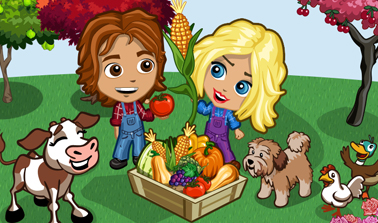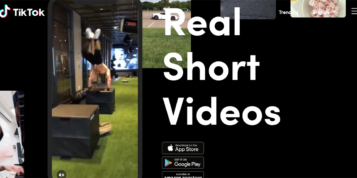2011 was a big year for Facebook: user numbers hit the 800 million mark, it introduced the Facebook timeline and it spent it’s final twelve months as a private company before making a number of twenty something’s very, very rich.
Of course these were the big headlines but behind the scenes some rather interesting things were happening in terms of Facebook’s advertising model.
Facebook has always been keen to promote its own credits system and this was massively successful in 2011. In fact the total revenue reached $470m, up $330m in just twelve months (+336%). To put that in perspective; revenue through Facebook credits trebled while, comparatively, traditional advertising only increased two fold. One of the major reasons for this has been the rise of social games and Facebook credits.
The best example of this is, of course, Zynga with 90% of their revenue being generated through virtual goods. The numbers that go with this do help: one in five people on Facebook have played Farmville which means that virtual farmers outnumber real world farmers 80:1!
The real strength in Facebook Credits though is that it has created a consistent, recognisable link for all applications running throughout the social network. This has helped address one of the major problems that brands have always faced; how best to target users in order to maximise brand awareness.
What the last twelve months have shown is that brands are increasingly looking to engage with users on a deeper level and one of the best ways to do this has been games on Facebook. With half of the daily users of Facebook there to play games there is massive market of consumers which is still relatively untapped.
The simple reason that games have worked so well is that audiences online, and particularly within social networks, believe that they should be rewarded for their time and input. The reward system is a contextual and consensual part of game play, it should aid the consumer in their game progress and brands can vicariously associate themselves with this positive process
In this regard, Facebook credits makes sense as it allows brands to reach and reward targeted audiences with a currency that they are already comfortable with, increasing the likelihood that they will be responsive to brand messaging.
For brands it means that they are able to build awareness, understanding and affection towards a product on a much deeper level, and of course they are able to reach Facebook’s most valuable asset – its massive audience.
It all sounds straight forward enough but when you take some time to look at the statistics it really starts to become clear why brands are embracing games on Facebook so whole heartedly.
In America alone the number of social gamers will hit 62 million this year; that’s the total population of the UK.
In monetary terms this will account for a revenue stream of in excess of $1.3billon in 2012. That figure breaks down into three separate, and quite interesting, sections. Lead generation offers, or the harder approach to push consumers into registration for products, accounts for $260m. Advertising in social gaming accounts for $271m having just pushed past lead generation offers in 2011. But the lions share of spend is with virtual currency and goods which represents over 60% of spending or $792millon.
The big things that brands need to do when attempting to engage with users in Facebook is remember that it is the consumer’s playground, and their space; trying to push messages at them won’t work in the same way traditional advertising does. However, when done correctly the rewards for brands are far greater than traditional advertising due to the deeper levels of engagement.
Engagement really is the key and to create that deep level bond with potential consumers, you need to offer them something they want. This is why Facebook credits works so well. It allows us to reach out to users when they want and in a manner which is non-obtrusive to gameplay for a fair exchange of their time.
This can be done in a number of ways to help brands reach Facebook users and social gamers. As has been shown with the rather brilliant Volkswagen fun theory project, behaviour can be changed by positively rewarding it which is going to be one of the big things as social gaming continues to develop.
Over the next eighteen months we are expecting to see more and more big name brands start to see social gaming as a best way to reach consumers.






